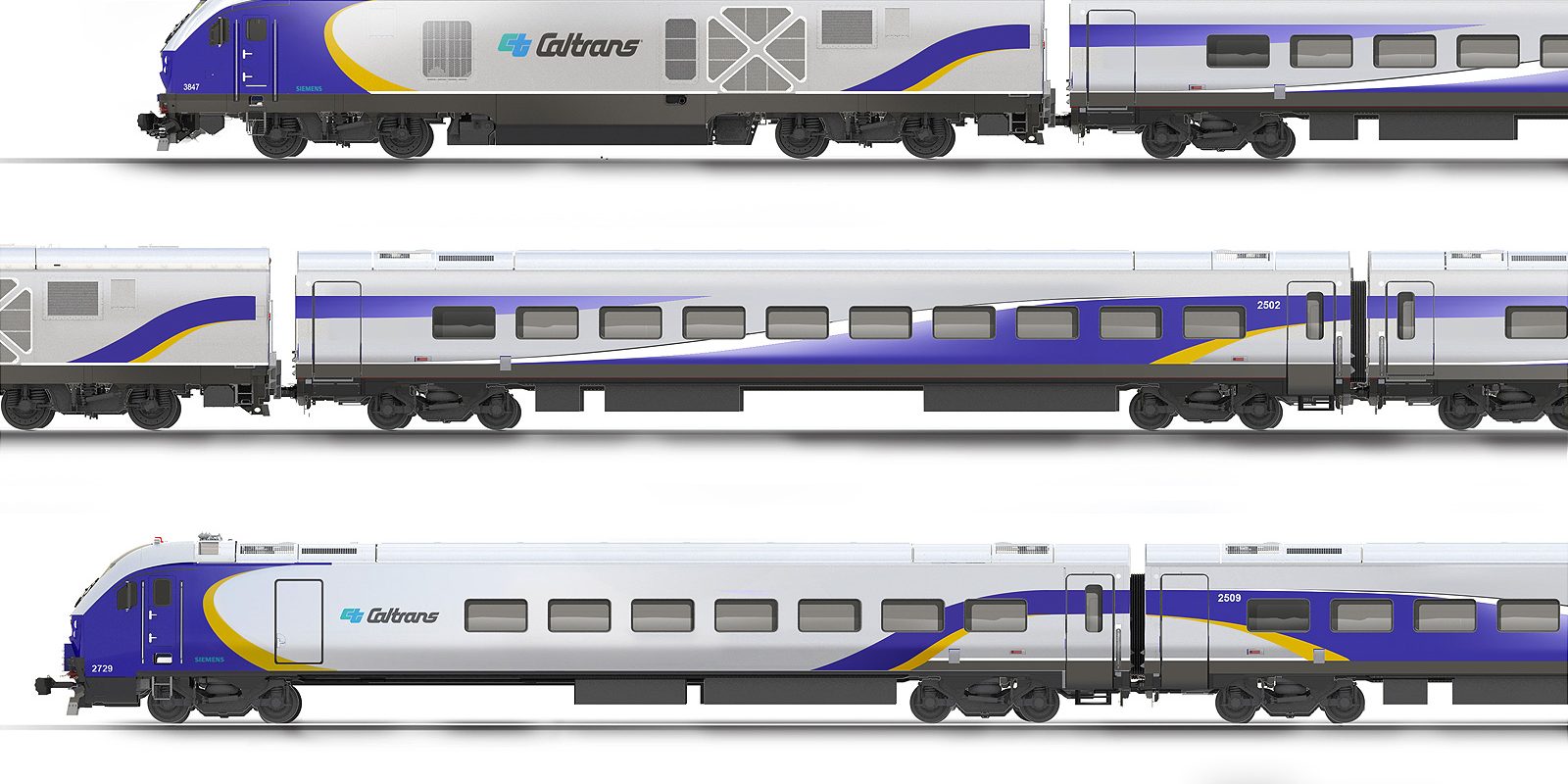Amtrak has signed a mammoth contract with manufacturing company Siemens Mobility for 83 new train sets, part of a $7.3 billion plan to upgrade its rolling stock over the next decade.
Under the plan announced Wednesday, Amtrak will replace nearly 40 percent of its rail car fleet by 2031 and invest $2 billion in facilities upgrades systemwide. The oldest cars in Amtrak’s fleet would be taken off the rails after five decades of service.
Amtrak officials say they hope to have the first of Siemens’s Venture trains operating in 2024 and the entire new fleet in service in 2031...
....
As part of the contract, California-based Siemens will provide Amtrak with technical support and maintenance for 20 years after delivery of the first train set.
Amtrak also is on track to
replace its Acela fleet with 28 high-speed train sets from French manufacturer Alstom. Those trains, part of a $2.5 billion project, are expected to enter service next spring after delays caused by testing, as well as production and training interruptions during the
coronavirus pandemic.
........
The new equipment will be similar to Siemens’s Venture train sets in use on Florida’s Brightline service, a privately run intercity train in the Miami area. The train sets are certified to operate at speeds up to 125 mph.
.....
The train, built with bidirectional capacities, will reduce turnaround times while their dual-power engines — electric and diesel — will help reduce the time it takes for trains to transition from electrified into non-electrified territory. The fleet will include diesel-only train sets for use on the West Coast, where tracks are not electrified, and some battery-diesel hybrid trains.
....
The new rolling stock will operate in the Northeast Corridor, Amtrak’s Palmetto route along the East Coast and along several state-supported routes.



